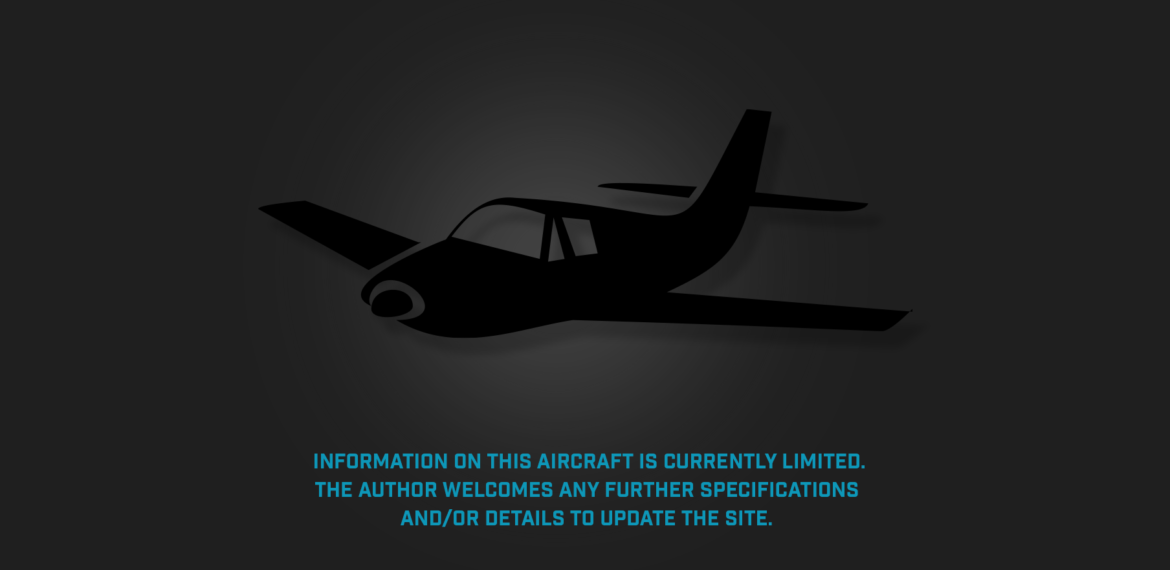Photograph:
Photograph not available
Country of origin:
Australia
Description:
Single-seat light biplane
Power Plant:
One 60 kw (80 hp) Gnome seven-cylinder rotary piston engine
Specifications:
- Wingspan: 7.92 m (26 ft)
- Length: 6.09 m (20 ft)
History:
In 1916 Horace Clive “Horrie” Miller, whilst travelling on board a ship from the United Kingdom to Australia, prepared a set of 36 drawings for a light aircraft that he could build, with others, in their spare time. Construction commenced at the premises of one Leo Stevensen in South Yarra, VIC. The aircraft was of timber construction with fabric covering. The design featured some innovative features including steel in the form of tapered ribs of sheet metal used for the tail unit and then fabric covered. Engine proposed for the machine was the Gnome rotary, and an example of this was obtained from the Bleriot XI imported by Cugent for display purposes. The propeller was built in Melbourne of Honduras Mahogany with anti-clockwise rotation with a diameter of 2.43 m (8 ft) and a pitch of 1.82 m (6 ft).
When near completion first engine tests were made in the garage where it was built, but the aircraft jumped the chocks and crashed into a wall, causing major damage to the aircraft and seriously injuring one of the team involved in the construction, R Cousins. The aircraft was repaired, completed and towed by Miller with his Fiat motor car to Point Cook, VIC for assembly and testing. At that stage Miller had only flown box-kites and had not yet gone solo so his early attempts at flight in the aircraft were short. This aircraft was the first privately built aircraft to be successfully flown in Australia and registered by the Commonwealth Government under the Aerial Navigation Regulations of 1915, the certification being signed by Brigadier General Richard E Williams on 8 June 1916.
Miller described problems flying the aircraft in his book ”Early Birds” and did not have much time in it when he had to leave for Europe. The engine was sold to Basil Watson who installed it in an aircraft of his own design but which subsequently was destroyed in a crash. The fate of Miller’s aircraft is not known.

